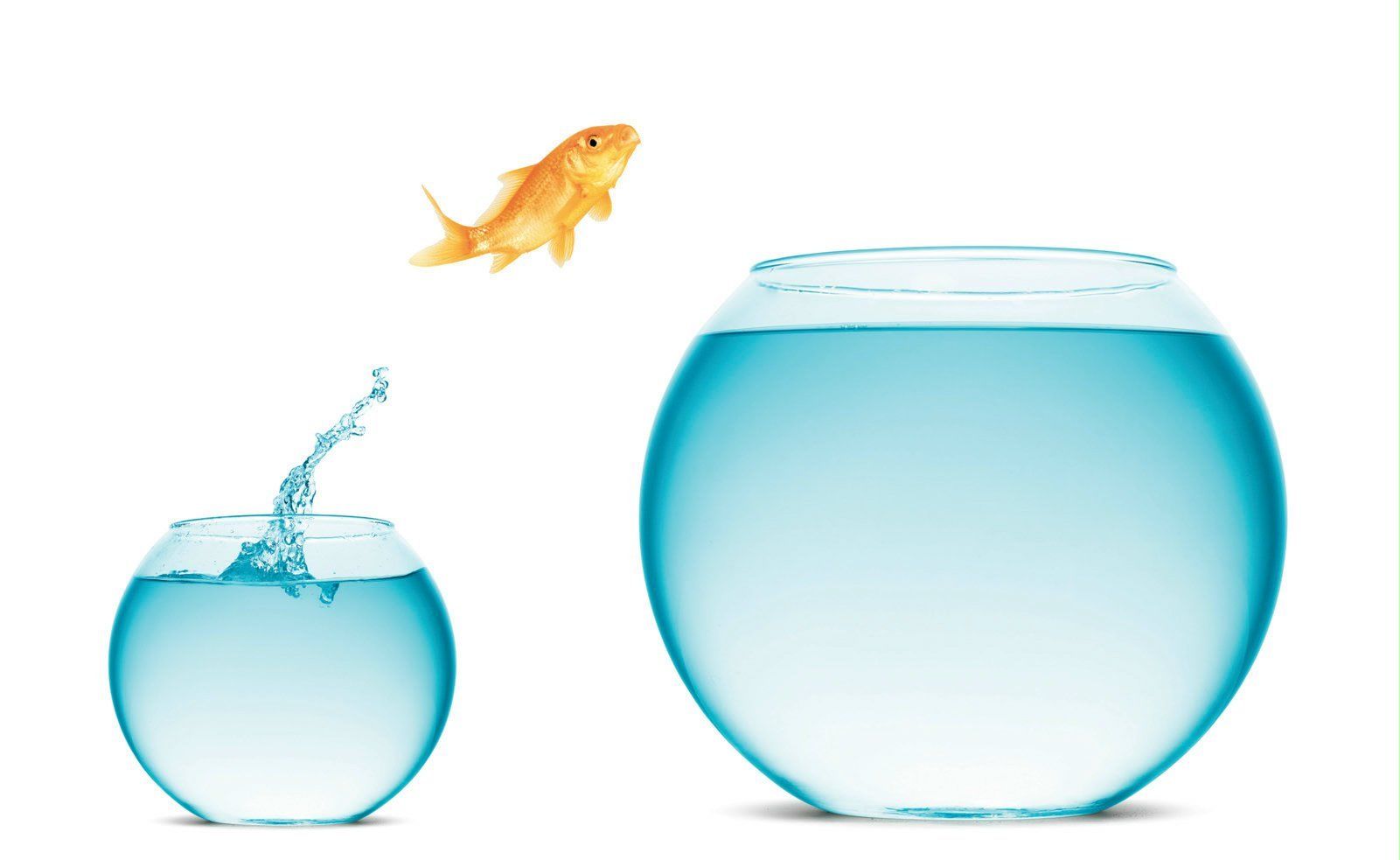
Diving into the world of mixing tank design feels like standing at the edge of a deep, flowing river—the currents are strong, and numerous factors influence what happens beneath the surface. I vividly recall my early days as a novice engineer, standing in awe at a processing facility, mesmerized by how various substances seamlessly blended together. Isn’t it fascinating how different materials interact? The design of a mixing tank can truly make or break the entire process.
At its core, mixing tanks do more than simply combine ingredients; they’re engineered to optimize efficiency. Industries ranging from food and beverage to pharmaceuticals rely heavily on mixing processes to achieve their desired results. But what exactly defines an efficient design? What innovative strategies can enhance performance? Over the years, I’ve discovered that the answers often lie in the intricate interplay of technology, engineering principles, and a dash of creativity. Find more relevant information about the subject through the thoughtfully chosen external source. Mixing Tank, gain supplementary insights.
Breaking Down Barriers: Innovative Designs to Increase Efficiency
One of the most thrilling innovations in mixing tank design has been the advent of Computational Fluid Dynamics (CFD). This cutting-edge technology empowers engineers to simulate and analyze fluid flow within the tank, delivering insights that were previously unfathomable. It’s almost like having the ability to step inside a mixing tank while it’s in operation—how cool is that? With this level of detail, companies can fine-tune their designs, ensuring that every drop of liquid mixes uniformly.
Another remarkable advancement is the rise of modular mixing systems. These systems offer ease of adjustment and customization, allowing for adaptations that meet the specific needs of different products. It brings to mind the idea of tweaking your mixing tank’s setup with just a few clicks! This flexibility not only accelerates production but also significantly cuts down on waste and conserves valuable resources.
The Role of Energy Efficiency in Modern Design
Today, energy efficiency is a pressing concern that resonates across all industries. As we grapple with rising sustainability issues, innovative mixing tank designs increasingly focus on minimizing energy consumption. I remember attending a local engineering event where a passionate speaker discussed how even minor adjustments can lead to substantial energy savings. It struck a chord with me—optimizing pump placement or integrating energy-efficient motors can truly transform a facility’s operation.
These thoughtful integrations not only lead to reduced operational costs but also minimize our environmental footprint. I found it quite ironic that as we strive for more efficient systems, we inadvertently champion the well-being of our planet! How often do we get the chance to approach our work with such sustainable foresight?
Engagement and Collaboration: The Importance of Team Dynamics
One often overlooked aspect of innovating mixing tank designs is the interpersonal dynamics among the team members involved. This reminds me of the cultural traditions I experienced growing up in a close-knit community, where collaborative efforts during local festivals engaged everyone in meaningful contributions. In engineering, the same principle applies; innovative designs emerge from a rich blend of ideas fostered by open communication among engineers, operators, and technicians.
Engaging operations staff in the design process can yield invaluable insights. For example, when we ask operators about their daily challenges, we often uncover opportunities for ergonomic improvements. When operators feel comfortable and efficient, the entire process benefits. Have you ever noticed that the most unique solutions often come from the most unexpected sources? It’s a powerful reminder of the connections we forge in our professional lives and how they shape our effectiveness.
Looking Forward: The Future of Mixing Tank Innovations
As I look ahead to the future of mixing tank design, I can’t help but feel a surge of excitement for what lies ahead. Emerging technologies like the Internet of Things (IoT) will only amplify our ability to monitor and control mixing processes from afar. Just imagine being able to adjust your tank’s conditions right from your smartphone! This vision speaks to a future where efficiency is increasingly driven by data-backed decisions instead of mere intuition. Complement your reading and expand your knowledge of the topic with this specially selected external content. Mixing Vessel, discover new perspectives and additional information!
Reflecting on all the advancements we’ve witnessed, it becomes clear that embracing change and adaptability is crucial. Each innovation signifies a step forward in achieving heightened efficiency—and perhaps, a more sustainable world. Every effort, no matter how small it may seem, plays a role in driving greater impact. What steps are we taking today to enhance our work? And how can we continue to inspire one another throughout this journey of innovation?
For more information, check out the related posts we suggest to supplement your research: